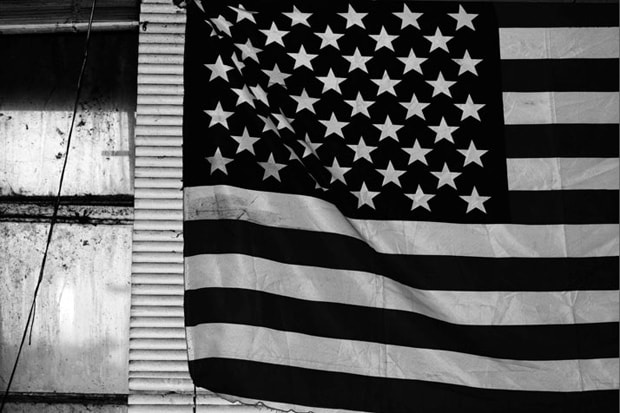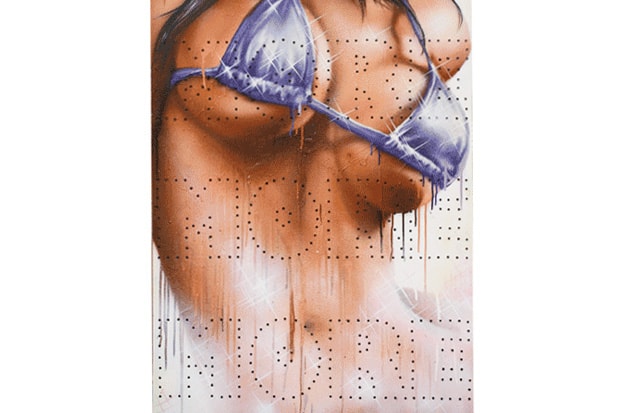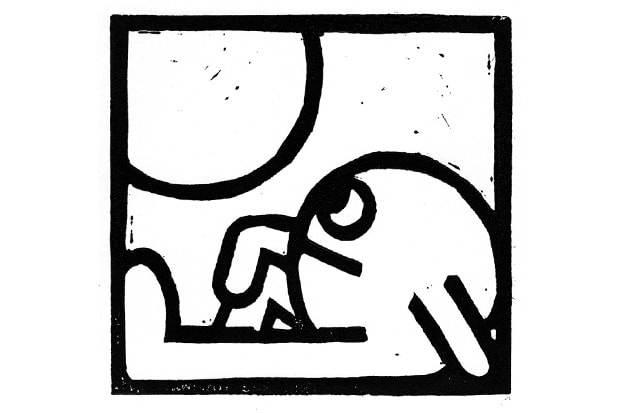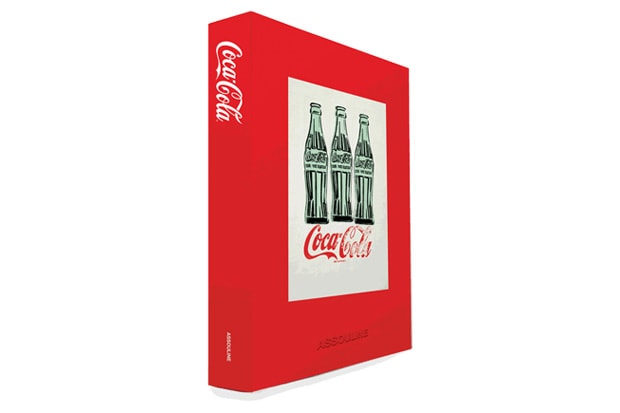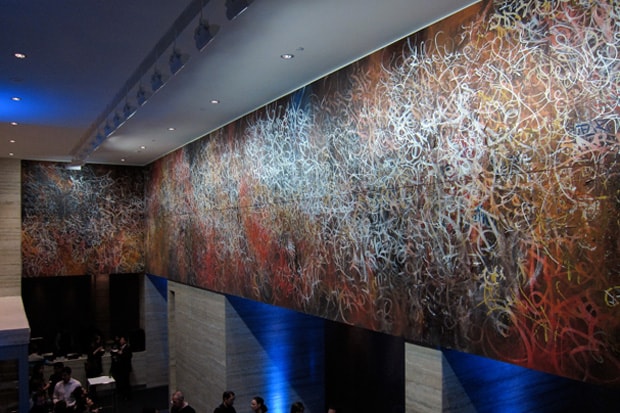Juxtapoz: An Interview with MoMA Curator of Film, Ron Magliozzi
In anticipation of their upcoming film premiere with MoMA, Juxtapoz magazine interviews the

In anticipation of their upcoming film premiere with MoMA, Juxtapoz magazine interviews the museum’s Curator of the Department of Film, Ron Magliozzi. The interview goes in-depth regarding his past experiences with film and the development and progression of MoMA as a platform for film. All the Wrong Art: Juxtapoz Magazine on Film will be screened at MoMA New York City on Feb. 8, 2011.
Describe how your childhood and creative awakenings, Small town or city slicker? What did you study, and was that followed by hitchhiking throughout Europe?
I was brought up on the south shore of Massachusetts, spent summers on Cape Cod and winters shoveling snow in a small town outside of Boston. Passion for movies developed in high school when a friend who worked at the local bookstore began giving me unsold copies of magazines like Sight and Sound . One of them, Films and Filmmaking was mildly pornographic so I hid it under my bed. The reviews of the Cannes and Venice Film Festivals really whet my appetite for “serious” foreign films. Dad discouraged my interest, but it survived due to a closeted gay, alcoholic uncle who spent his time drinking beer and reading fan magazines and a hip film-going aunt who give me precise descriptions of films I was forbidden to see like Psycho and 8 1/2. On weekends I’d take the MTA into Boston art houses to see the latest Fellini or Kurosawa. I began college pre-med, later shifted to media studies, taught high school, then came to Columbia for the MFA program in Film. I was on the “Scholarship/Criticism” track while people like Kathryn Bigelow were studying in the “Director’s” track.
Were you mesmerized more by personalities or scenery, the stories or cinematography?
At first, like most young people, it was the spectacle like King Kong on the Empire State Building, but soon I became fascinated by the superior reality that life seemed to have on film. Even in war films, documentaries and experimental films, people and things had more style, personality, seemed to have more well-spoken and purposeful lives. Later I learned that there is an actual “cinema gloss” that cinematography adds, that digital hi-def can remove from old films; the effect can be chilling, comparable to how digital restoration can destroy as much as it preserves. If an artist were intentionally to strip away the gloss this might be even be artistically revealing. But as digital restoration becomes more cost effective we’re in danger of losing authenticity, and that’s troubling for anyone who values an original experience.
Do you think film is the most powerful method mobilizer, or if you will, propaganda?
I think every public and private thought and action has some political aspect. Images certainly do, though it can irritates people when you insist outside a classroom that they look beyond entertainment value. All films are relevant as propaganda – not just the docs and commercials we understand as message-driven. Our commercial culture pressures us to be willfully naïve and accepting. How often are we told to “lighten up?” I wish that short-term political propaganda were more aggressively rejected than it is, but in the contest between the short and long term value of images, the impact long term is probably more significant.
Can you give an overview of how the film department at MOMA has evolved over the years? Was there resistance to the idea?
I’ll sound like a museum press officer answering this. I believe that in the USA the Museum of Modern Art is unique in the length of its commitment to all kinds of modern art, including film. Since 1935, MoMA has been a place where the public could see paintings by Picasso and Matisse, sculpture by Giocametti, drawings and illustrated books, photography, architecture, and everyday design objects, as well as films and related materials like stills and posters, all collected and exhibited side by side in one location. In addition to showing tens of thousands of films, the Film Department has done over 80 gallery exhibitions of the cinema since it was founded, not to mention its video and digital media programs and installations.
Can you divulge any upcoming projects?
I find ideas come easy. I think they do for most people who do what interests them. It’s making them happen that takes the work. I recently began creating detailed proposals for shows I may never have the chance to curate. They’ll be a legacy for younger colleagues. In terms of the gallery show on Disney, it’s the kind of thing that could only be done right in an art museum. I’m one curator among eight in films here, so there is plenty of competitive energy to fuel creative thinking.





